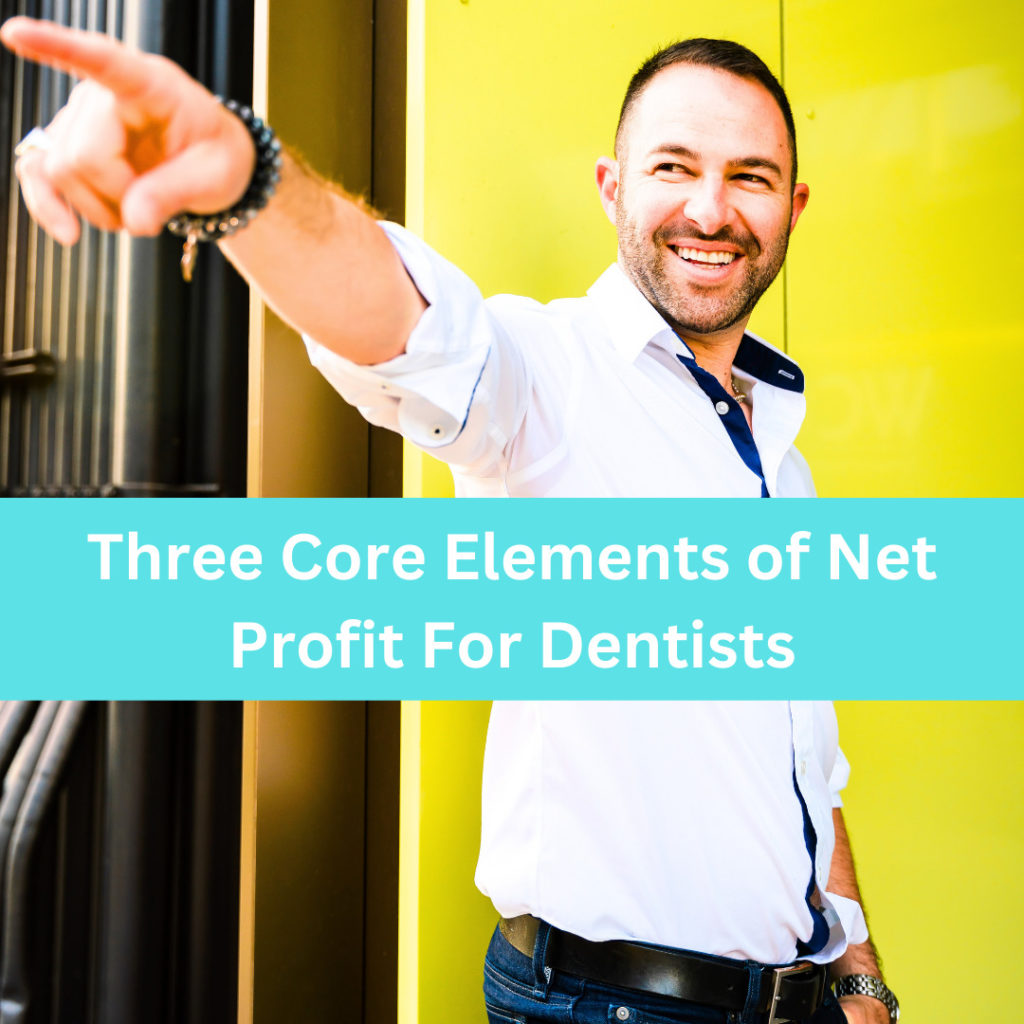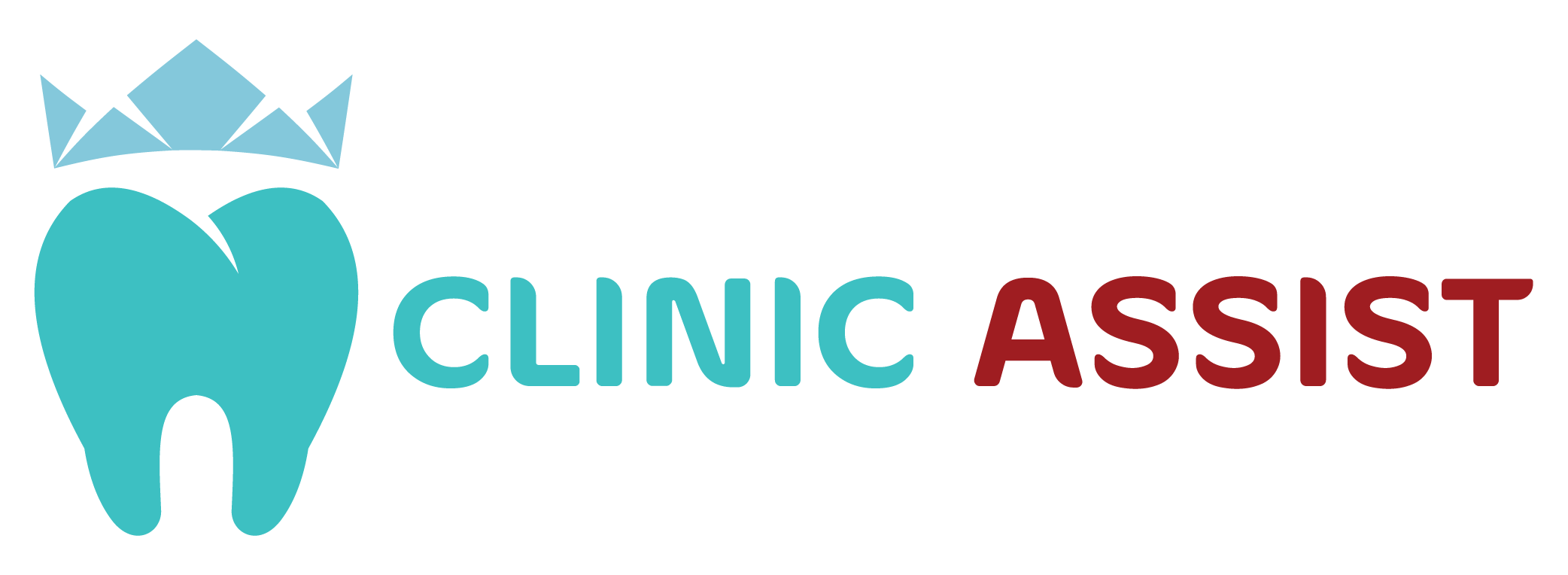 Mexico City, Mexico – Hilton Reforma – May 31, 2023
Mexico City, Mexico – Hilton Reforma – May 31, 2023
The sun shines down from the 18th story on the busy streets of Mexico City. Like a rod, pointing to the sky is the Torre Latinoamericana, a skyscraper in the downtown area with a huge clock facing me. It reminds me of time and how fleeting it all is. Below is a Palacio de Bellas Artes and Alameda Park. I’ve just booked tickets to Cancun to stay at a 4-star resort with a room overlooking the water. This only happened because my net profit for my main company is extremely high.
 My goal is to get YOU to experience whatever lifestyle you dream of, and that will involve cranking up your dentistry practice. My team and I can help turn it into a net profit machine.
My goal is to get YOU to experience whatever lifestyle you dream of, and that will involve cranking up your dentistry practice. My team and I can help turn it into a net profit machine.
It took me years to figure out how to organize my service-based business, LIFT Enrichment, which teaches kids healthy after-school cooking classes for low-income school districts. To succeed, here are three core elements of your net profit.
The three core numbers to focus on are:
- Gross Revenue
- Gross Profit
- Net Profit
Net Profit is defined by another three core numbers:
- Owner’s Salary
- Owner’s “Business” Expenses
- P&L Net Profit
“Revenue feeds the Ego, but Profits feed the Family” is a favorite phrase of mine for a reason. Let’s explore both sides and define the terms.
Gross Revenue: The exact amount of cashed receipts in a month, quarter, or year.
Gross Profit: The cost of the items and labor required to service your clients minus the gross revenue. A key term to remember is “Cost of Goods Sold” or COGS. In the dentistry world, if you charge $1,000 for a service and it costs you 2 hours of time at $70 an hour with your dental assistant and $60 in products, that’s $200 Therefore your COGS is $200 and your gross profit is $800 ($1000-$200).
Another personal example: When I sell after-school cooking classes, I could charge a client $500 for a 1-hour workshop. I’d spend $100 on the Chef Teacher’s compensation, $30 on ingredients, $10 on mileage, and $10 on taxes. Therefore, my COGS was $150. My gross profit was: $350 per workshop.
Net Profit: That’s your gross profit minus ALL the operational expenses you spend to run your practice. This includes a lot such as:
• The cost of dental equipment
• Office lease
• Insurance
• Administrative staff and support
• Software
• Marketing costs (paid ads, social media, conferences, etc.)
Let’s say this costs you, on average, $500 per service. Using the example above, your net profit is $300 ($1000-$200-$500). You have 30 percent net profit margins- that’s good—but I can help you do better.
Net Profit Deep Dive
Now the way we define net profit are these three elements:
Owner’s Salary: This is how much you pay yourself as a W-2 employee of your business. Let’s just say your practice makes $1,000,000 per year, and you pay yourself $150,000 per year as a salary.
Owners “Business” Expenses: As a business owner, you have a lot of expenses that you can run through your business to reduce your taxes. I’m not an accountant, and you should not take this financial advice, but I can tell you how entrepreneurs are able to reduce their tax burden by writing things off that are business-related. I can write off:
- Car payments, from a vehicle I use for mostly work-related errands.
- Home office lease, which is the part of my home used for storing work equipment, plus my office.
- Phone and Internet
- Meals (i.e. if you go out with a friend for dinner and you discuss business, you can write off the meal just be sure to record this information).
- Travel, as long as you can show it has business elements. I like to crank out social media content on vacation using cool and exotic backgrounds.
- Networking events
- Office supply purchase
- And more!
I understand that your CPA will be very conservative and probably disagree with everything I’m saying, but I encourage you to talk to business owners. I have a line item in my P&L (and I make a high 6-figure/low 7-figure net income personally) for all my “e-business expenses” (the “E” is for Eric) These are legitimate expenses and here’s the rule of thumb:
“If I had a full-time CEO, would this be an actual business expense?”
Here are examples of expenses that qualify, and I put these under ” operational expenses”:
- I go to Orlando, FL for three days for a conference where I exhibit.
- I bought an expensive DSLR camera for shooting videos for my business.
- I bought an external monitor so I can work more efficiently.
Here are examples of e-business expenses that I put in a line item below operational expenses to see my true net profit:
- I go to Huntington Beach, CA for three days for an Entrepreneurs’ Organization event filled with workshops, interesting speakers, lavish dinners and fun parties…no, I wouldn’t send a CEO there.
- I leased an Audi A5 Sportback for driving to my post office and doing other work-related errands.
- I went to Dubai for a conference on international business and stayed for three weeks to learn about the culture, corporate structure, and meet fascinating people.
P&L Net Profit: This is the actual net profit when you subtract all business expenses (and your e-business expenses).
Now let’s go through some sample numbers.
Let’s say you run a $1,000,000 dentistry practice a year.
Gross Revenue: $1,000,000
Gross Profit: $700,000 (you spent $300,000 on all COGS to directly service your clients)
Operational Expenses: $300,000 (office lease, internal staff, equipment, insurance, etc.)
Net Profit: $400,000
Real Net Profit:
- Owner’s Salary: $162,000 because you pay yourself $150,000 as a W-2 (plus 8 percent in taxes like Medicare/medical, social security, unemployment, etc.).
- Owner’s “Business” Expenses: $100,000—you leased a car, write off some of your home, some supplies bought for your home, some business meals, and that two-day trip to Flagstaff used for recording social media content, strategy, and business planning.
- P & L Net Profit: $138,000 ($400k -$162-$100k).
Here’s my own example with LIFT Enrichment, which I’ve been running for thirteen years and have turned into a net profit machine with 50 percent plus net profit. These are not my exact numbers but are close. It’s just an example
Gross Revenue: $2,000,000
Gross Profit: $1,5000,000 ($500k in COGS)
Net Profit: $1,000,000
- Owner’s Salary: $100,000
- Owner’s E-Business Expenses: $300,000
- P & L Net Profit: $600,000
Instead of being taxed at $1,000,000, I’m taxed at $600,000—not bad! And there are many, many other more advanced things I can do as well to reduce that even more…but that’s for another day.
Now that we’ve got our terms defined, think about how much net profit you’re making. Go meet with your bookkeeper and start setting up your accounts to put things in the proper place. It takes time, energy, and money but it will set you up for success and a lot of financial understanding in the long term. If you’d like my team and I to help you make an extra $100,000 in net profit using virtual staff, operational efficiency, and more sales so you have more income and freedom, let’s hop on a Zoom call with the link here. I’m only working with five clients this quarter. Book your spot now
